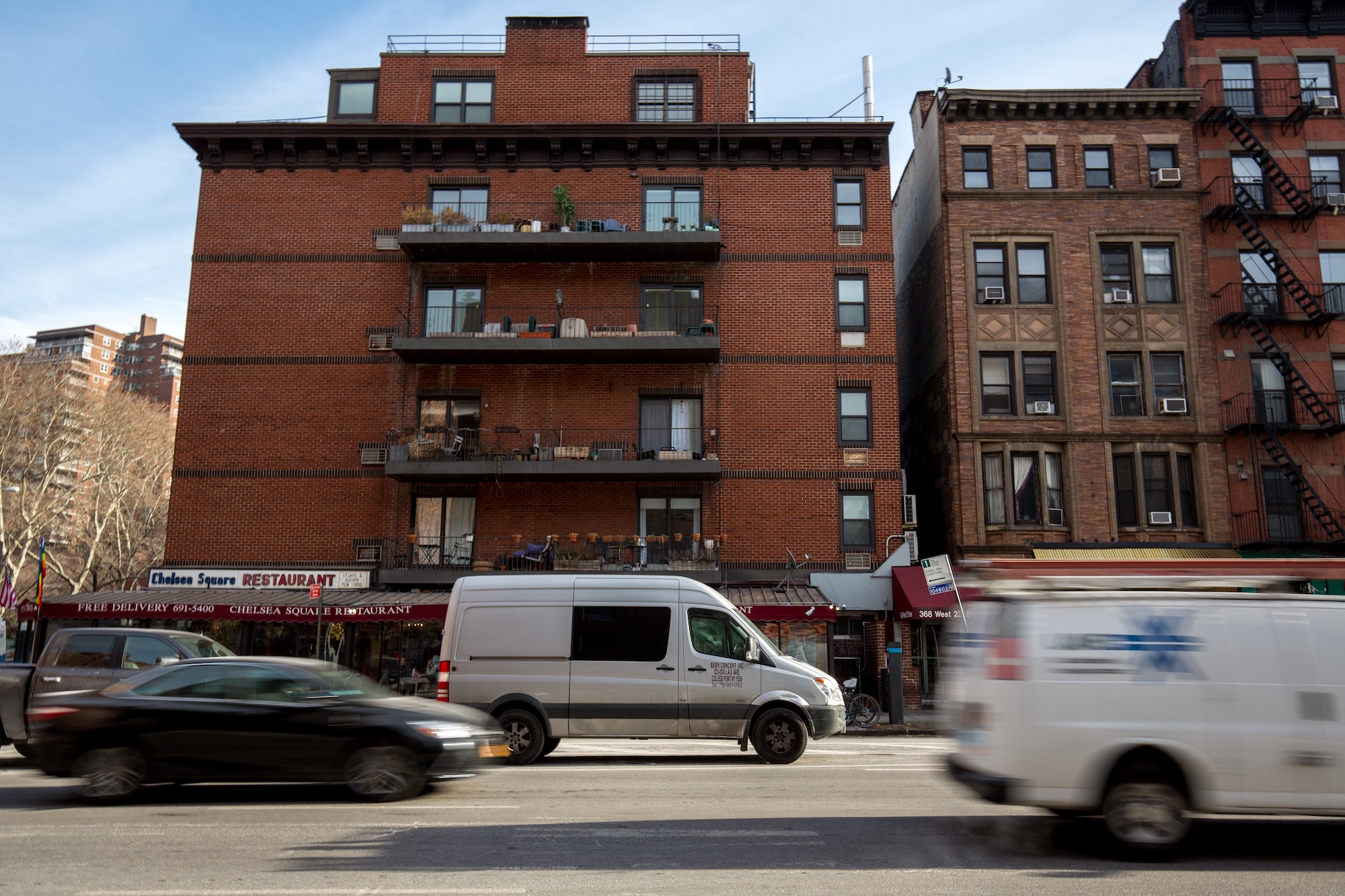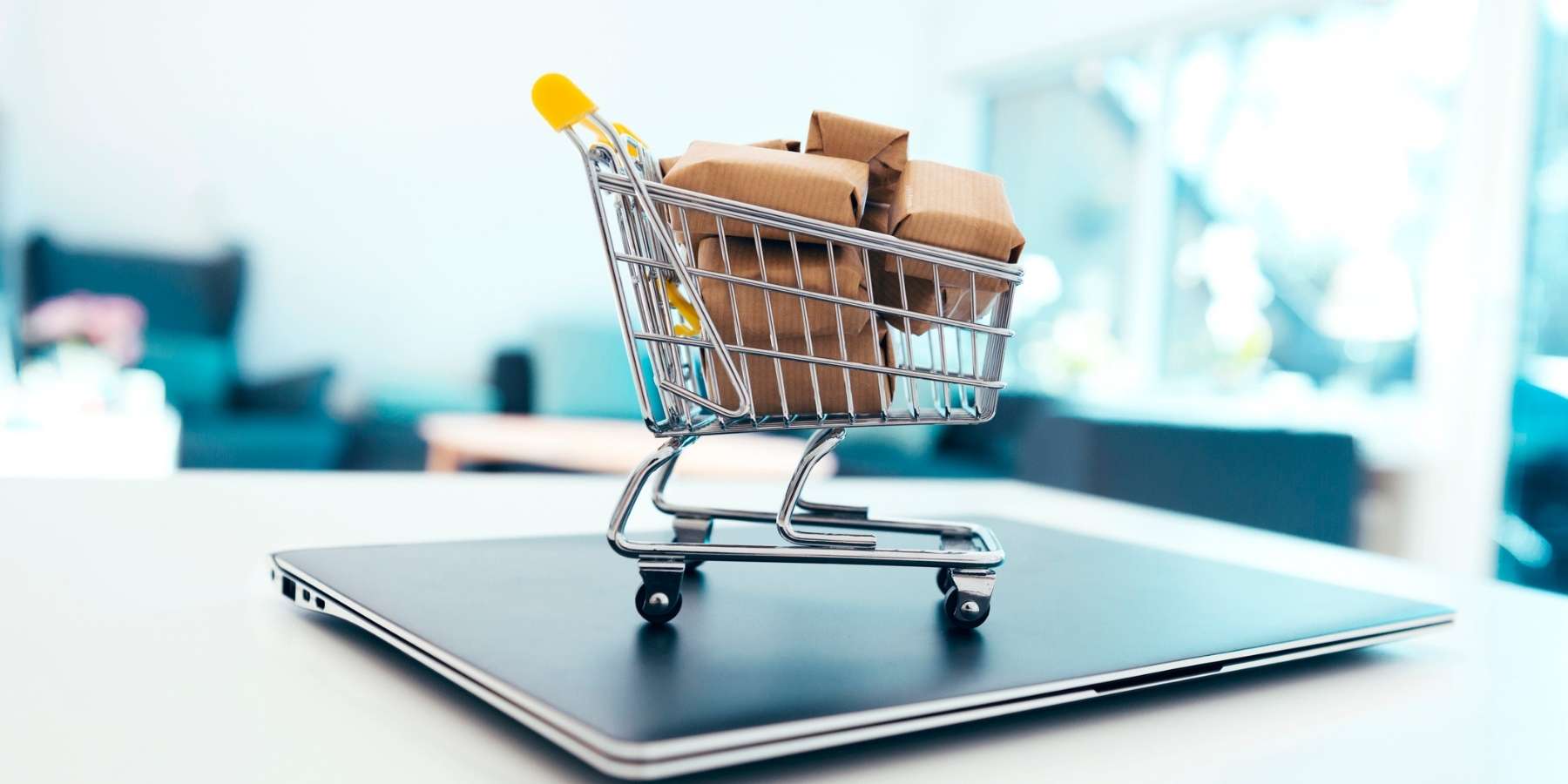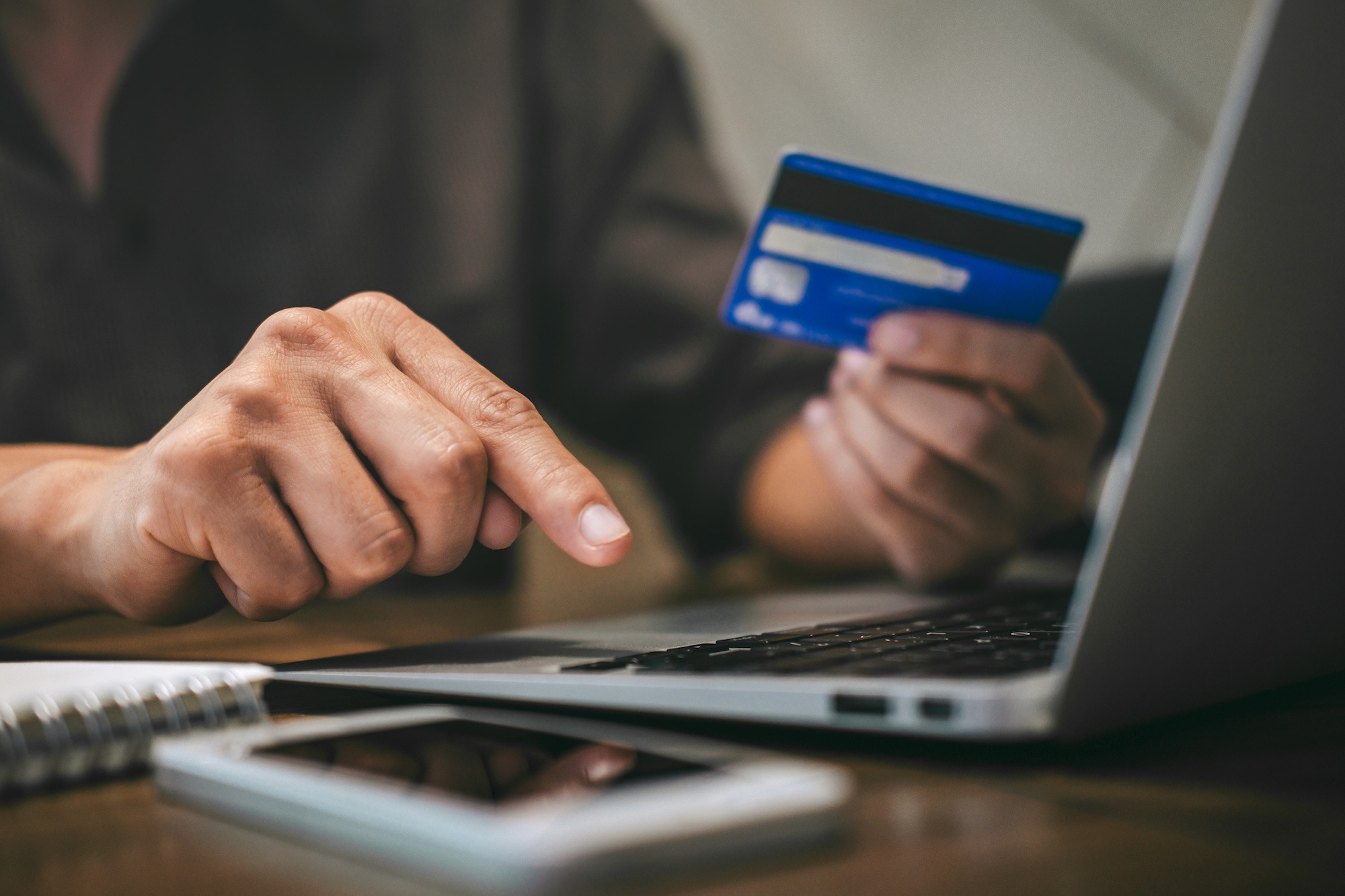Looking for new ways to deliver products to your local customers? Here are three shipping options you should consider right now.
Amid recent policy changes, many small and mid-sized brick and mortar retail businesses are having to reevaluate how they get products to their local customers (a.k.a their local delivery services strategy).
Offering traditional shipping methods, like Ground and Express, are still necessary.
Here are a few local shipping options you need to consider right now.
3 Shipping Options That Cater to Your Local Customers
Before diving into the options, it’s important to understand local delivery costs and how they’re calculated. Costs can be influenced by factors such as distance to the customer, fuel prices, and labor costs.
Additionally, whether the delivery is scheduled during peak hours or non-peak hours can impact the cost. Efficient route planning and leveraging advanced delivery management systems can help reduce these costs.
Same Day Delivery
Online shoppers have come to demand same day delivery more and more in recent years, with 56% of 18-34 year olds expecting this option at checkout.
In many major cities across the U.S., you’ll often find local delivery and courier companies that can transfer goods more quickly to your customers. And, at reasonable prices.
One such service that is available in 34 markets across the country is FedEx SameDay City. This same-day delivery service can work for businesses of all sizes. It’s also a great option if you don’t want to put internal processes for handling same day delivery yourself, like your own delivery van.
It’s easy to add them into your eCommerce checkout, as FedEx SameDay City integrates into ShipperHQ already. All you have to do is create a FedEx account and input your credentials within ShipperHQ to start offering same day delivery to your customers.
Local Delivery
Think it would be more efficient to grab items yourself and deliver them to customers in your area? Then Local Delivery could be a good option to consider.
Local delivery is best used if you have a delivery truck on hand. Or plan to set up your employees with a commercial license and insurance to deliver goods via their own vehicle.
The best practice here would be to create a flat shipping rate for your local delivery service and limit it to specific geographic regions, zip codes or a distance radius. At checkout, this looks something like “Local Delivery – $10.” Everyone in the area you specify would be charged that ten dollar fee, either per order, item or package.
Something else to note: for this option, it’s best to set realistic expectations on delivery timeframes. You should create cut-off times or blackout dates if you don’t think you can do local delivery on the same day or on a specific date at all (like if you are closed on Mondays).
For instructions on how to set this up in ShipperHQ, watch our video walkthrough here.
Curbside / Store Pickup
While many brick and mortar stores are facing restrictions and closing their doors to in-store browsing, curbside and store pickup are great options for getting buyers their purchases quickly.
The key here is to make sure you communicate with your customers efficiently. As pickup time gets closer, you need to send them reminder messages. You should also tell them where to meet you, whether it’s a table outside your store or in their own car.
In ShipperHQ, you can enable store pickup two ways:
- By defining a distance radius (like 30 miles from your shop)
- Filtering pickup options based on where your customer is located
For more details on how to do this, watch our walkthrough video.
Best Practices for Promoting Local Deliveries
It’s essential to promote your local delivery services effectively to increase their utilization. Here are some best practices:
- Highlight Local Delivery at Checkout: Make sure local delivery stands out as a clear option during checkout. Using phrases such as “Fast Local Delivery!” can catch a customer’s attention.
- Use Geo-targeted Marketing: Use digital marketing strategies like PPC ads, email marketing, and social media posts targeted at customers in your local delivery area.
- Offer Incentives: Give incentives for choosing local delivery. This could be a discount, a complimentary product, or faster delivery times.
For example, a bakery in Seattle might offer free local delivery for orders over $50. They could promote this by sending out a targeted email to customers within their delivery radius, making social media posts, and prominently displaying the offer on their website.
What else should I know?
For any of the options listed above, it’s absolutely vital to prepare your business ahead of time. A few ways you can do this include:
Find a reliable courier service
Not only does your courier need to be cost-efficient, but have a good reputation. The last thing you want to worry about are customer complaints.
Be transparent about delivery dates
Many deliveries are expected to be delayed during this time. Get ahead by changing your delivery date message to “earliest possible delivery” instead of “guaranteed delivery” to avoid confusion.
Test your website
Just because you have a website with these shipping options, doesn’t mean you’ll get conversions. Check for issues with your site speed, product descriptions or checkout process.
Making sure you have enough staff
While it might sound obvious, make sure your staff is trained up. Everyone needs to be on the same page on how your fulfillment works, especially for methods with a quick turnaround time.
Keep up to date with your inventory
You never want to offer a product online that’s not actually available to ship. If you’re worried about this, limit store pickup or same day to specific products only.
Embrace technologies
The reason ‘there’s an app for that’ caught on as a phrase is because there really is an app out there to help make your life easier. Especially for eCommerce, whether for your shipping rates, inventory management or data automation.
How ShipperHQ Can Help You Cater to Local Customers
For eCommerce stores looking to start offering local deliveries, ShipperHQ can be a vital tool. You can set up Store Pickup, Same Day Delivery, and Local Delivery through ShipperHQ in one day or less. If you’re a new customer, take advantage of the 15-day FREE trial to explore these options
To initiate local deliveries, consider the following steps:
- Create a Defined Delivery Area: Set specific geographic regions, zip codes, or a distance radius for your local delivery service.
- Set Up Delivery Rates: Consider a flat shipping rate for your local delivery service. Everyone in your specified area will be charged this fee, either per order, item, or package.
- Communicate Delivery Timeframes: Set realistic expectations on delivery timeframes. Create cut-off times or blackout dates if you can’t provide local delivery on the same day or a specific date.
- Use a Reliable Courier Service: For efficient same-day deliveries, services like FedEx SameDay City can be integrated into your ShipperHQ checkout process.
To assist our current customers, we are offering ShipperHQ merchants not currently using Store Pickup FREE access to the feature for 3 months. No plan upgrades or additional fees required. Contact our sales team if adding Store Pickup will affect your billing.
FAQs
How to reduce local delivery costs?
Efficient route planning, leveraging delivery management systems, and volume-based pricing negotiations with courier services can help reduce local delivery costs.
How does delivery affect customer satisfaction?
Timely and accurate deliveries can significantly enhance customer satisfaction. Conversely, late or incorrect deliveries can negatively affect a customer’s perception of your business.
How do I handle perishable goods local delivery?
Perishable goods should be delivered in temperature-controlled vehicles. Planning efficient routes to minimize delivery time can also help keep perishable items fresh.
How does weather affect local deliveries?
Adverse weather conditions can cause delays in local deliveries. It’s crucial to plan for these circumstances and communicate any potential delays to your customers.
How do I manage local delivery returns?
Having a clear return policy is key. Offer convenient return options, such as drop-off at a local store or arranging for pickup of the returned item.






